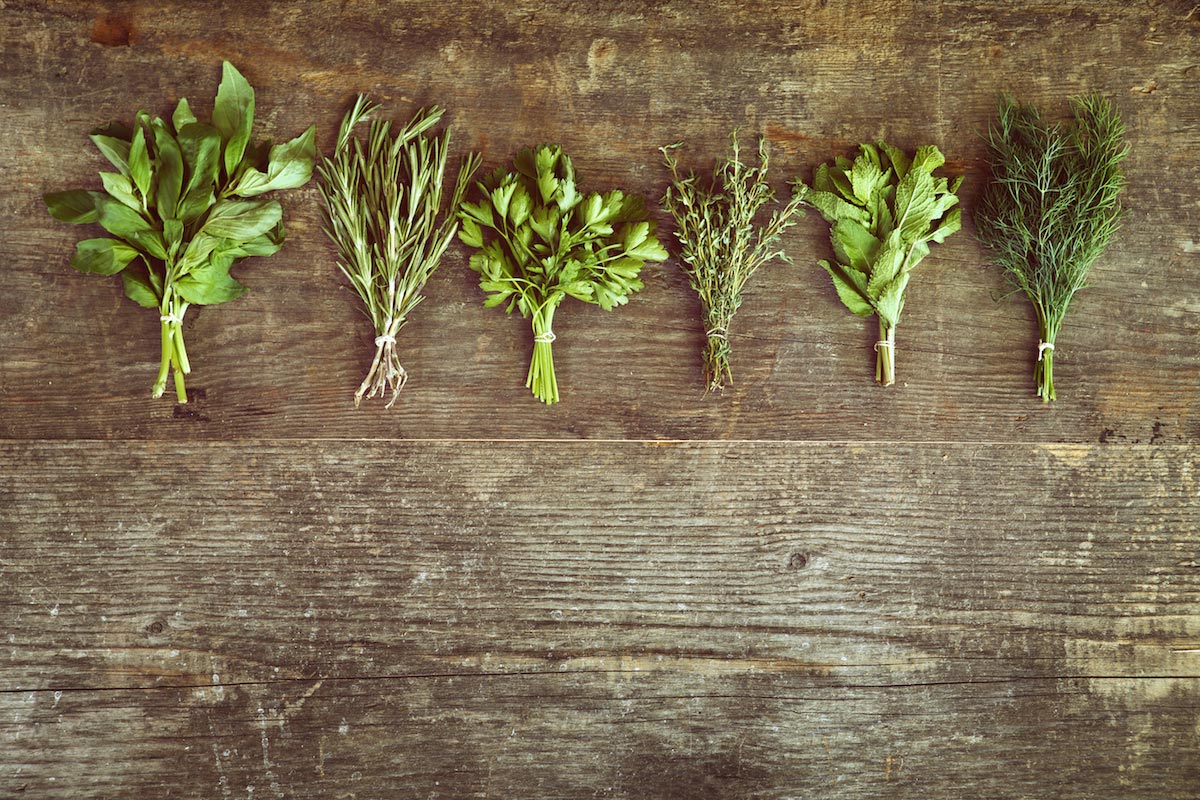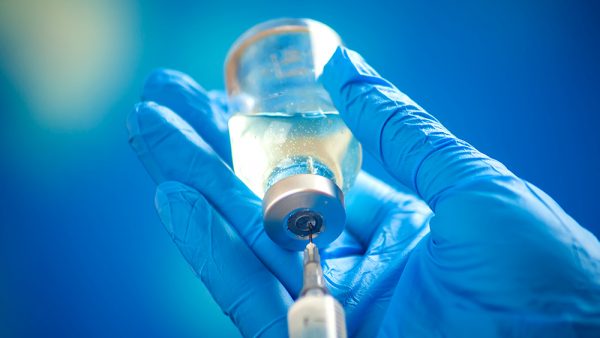
- Your phone carries far more bacteria than a toilet seat yet rarely gets cleaned properly.
- Harsh cleaners like bleach or vinegar damage protective coatings and corrode phone materials.
- A 70% isopropyl alcohol wipe or damp microfiber cloth is the safest way to disinfect.
- Phones spread germs from surfaces to hands, undoing handwashing and risking illness.
- Clean your phone weekly—or daily in high-risk areas—using gentle tools to avoid damage.
The hidden dangers of “quick fixes”
Many people assume a squirt of hand sanitizer or a wipe with vinegar will do the trick. Wrong. Apple, Samsung, and other manufacturers explicitly warn against using bleach, hydrogen peroxide, vinegar, or high-concentration alcohol (above 70%) because these can destroy the oleophobic coating that repels fingerprints and smudges. Vinegar’s acidity corrodes aluminum edges, while bleach and peroxide are too aggressive for delicate electronics. Even paper towels can scratch screens, and compressed air, which is often recommended for dust, can damage microphones. So, what does work? The safest method is a 70% isopropyl alcohol wipe (no higher) or a microfiber cloth lightly dampened with distilled water. During the pandemic, Apple even updated its guidelines to allow Clorox disinfecting wipes, provided they’re used gently. Samsung advises the same: a soft cloth with 70% alcohol, avoiding ports and openings. The key is moderation; never spray liquid directly on the phone, and never submerge it, even if it’s “water-resistant.” Those seals degrade over time, and moisture in charging ports can cause corrosion.A step-by-step guide to safe cleaning
- Power off and unplug your phone. Remove any cases or accessories.
- Use a 70% isopropyl alcohol wipe or a microfiber cloth dampened with distilled water. For stubborn grime, a slightly damp cloth works, but be sure to wring it out well.
- Gently wipe the screen and back, avoiding ports and speaker grills. For crevices, use a soft-bristled brush (nylon or goat hair) or Scotch tape to lift debris.
- Dry with a clean microfiber cloth to prevent streaks or moisture buildup.
- Clean weekly under normal use, or daily if you’re in high-risk environments (hospitals, gyms, public transit).
Why this matters more than you think
Your phone isn’t just a germ carrier; it’s a disease vector. Dr. Tajouri’s research showed how easily microbes spread from phones to hands to surfaces like kitchen counters, coffee machines, and door handles. “When you wash your hands, yes, your hands are clean,” he explained. “However, when you touch your filthy mobile phone, what happens is you contaminate yourself all over again.” In hospitals, this can mean spreading salmonella or listeria. In your home, it could be the flu or norovirus. Yet the solution isn’t paranoia; it’s simple hygiene. A weekly wipe-down with the right tools takes 30 seconds and preserves your phone’s functionality. Over-cleaning with harsh products does more harm than good, but neglecting your device entirely turns it into a microbial time bomb.Treat your phone like your hands
You wouldn’t go a week without washing your hands (we hope). Your phone deserves the same attention, especially since it spends more time in your hand than almost anything else. You don’t need fancy UV sanitizers or pricey sprays. A $5 bottle of 70% isopropyl alcohol and a microfiber cloth are all it takes to keep your “third hand” clean, functional, and safe. So the next time you’re about to scroll through your phone while eating lunch, ask yourself: When was the last time I wiped this down? If the answer is “I don’t remember,” it’s time for a quick sanitizing session. Your immune system—and your screen—will thank you. Sources for this article include: StudyFinds.org Bond.edu.au Cnet.comCancer panic erupts as Manhattan Project’s nuclear legacy resurfaces in U.S. cities
By Belle Carter // Share
By Evangelyn Rodriguez // Share
Watercress turns off breast cancer cell growth
By News Editors // Share
Parkinson’s disease risk soars by 40% for those with metabolic syndrome
By Willow Tohi // Share
A viral video ignites federal firestorm over Minnesota fraud
By willowt // Share
Russia activates "unstoppable" Poseidon tsunami drone
By kevinhughes // Share
Russian FM Lavrov: Moscow will back China on Taiwan issue
By ramontomeydw // Share
The breakfast clock: Why timing your morning meal is a secret weapon against high cholesterol
By jacobthomas // Share
The Health Ranger's New Year Revolution: The ultimate guide to health, wealth and freedom
By kevinhughes // Share
"Absolute Healing" on BrightU: Experts explore COVID-19 as an engineered bioweapon
By jacobthomas // Share











